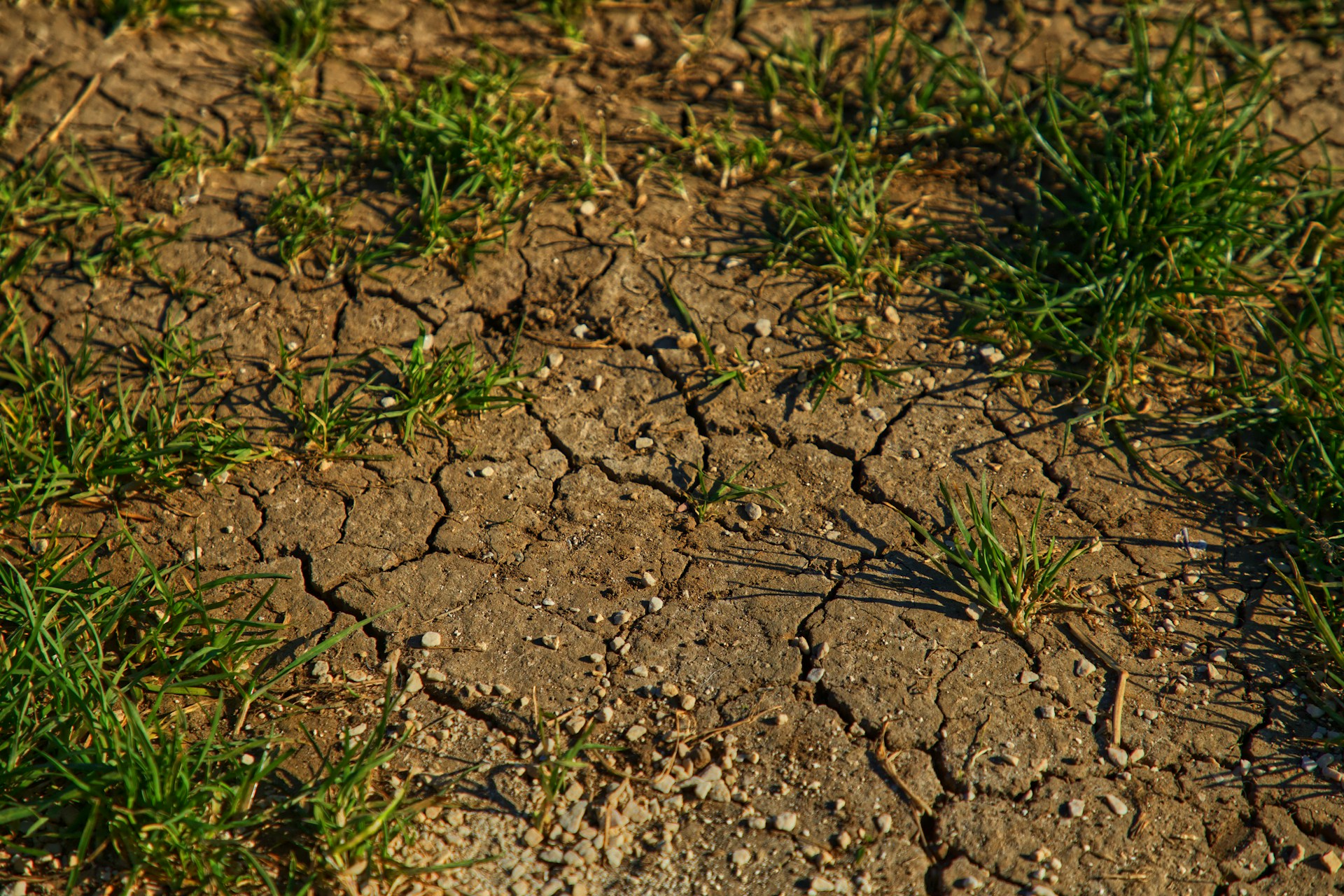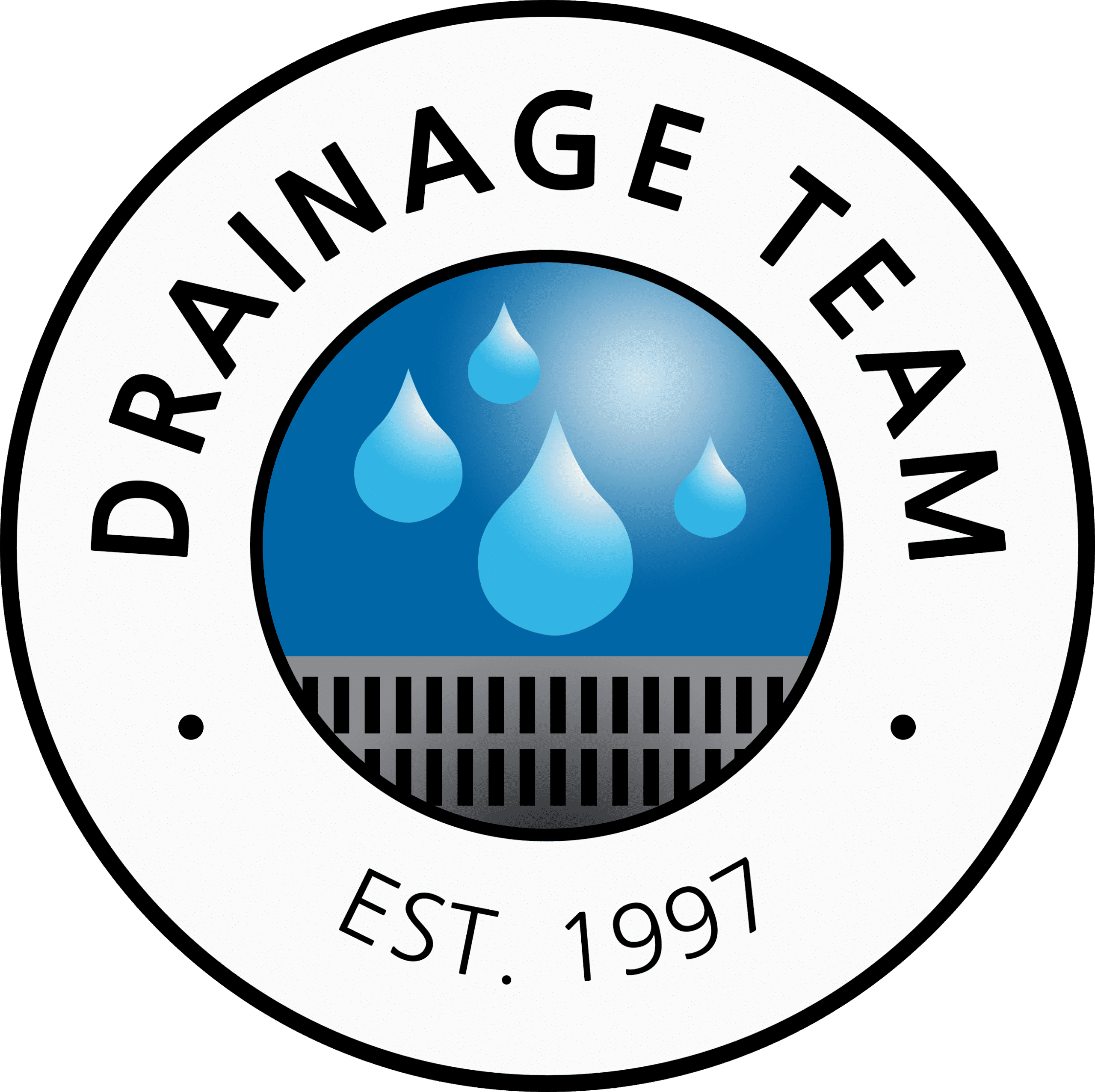Soil erosion is a natural process that can pose a significant threat to the stability and value of residential, commercial, and governmental properties. Exacerbated by human activities, erosion not only compromises the structural integrity of buildings and infrastructure but also contributes to sedimentation and degradation of waterways, wetlands, and other vital ecosystems. To mitigate these negative impacts, it is crucial for property owners and managers to implement effective erosion control measures, preserving their investments and playing a proactive role in environmental conservation.
Join us as we investigate the dynamics of erosion and examine the critical role effective erosion control techniques play in maintaining the health and value of your property. Discover how, by implementing these measures, you can take an active role in environmental stewardship while simultaneously protecting your structures, foundations, and the integrity of the soil on which they stand. The benefits of a well-planned erosion control strategy extend far beyond property preservation, contributing to the overall well-being of our shared natural resources and the landscape we inhabit.
1. Understanding the Causes and Impacts of Soil Erosion
To effectively address soil erosion, it is essential to recognize the various factors and consequences associated with this natural process:
- Causes of erosion: Erosion occurs when soil particles are detached and transported by natural forces such as water and wind. Human activities, including construction, agriculture, and deforestation, can exacerbate erosion by disturbing the natural vegetation and soil structure, making it more susceptible to erosion.
- Impacts on property: Erosion can cause sloping, unstable ground, and loss of valuable topsoil, which can compromise the structural integrity of buildings, infrastructure, and landscaping.
- Environmental consequences: In addition to damaging property, erosion can lead to sedimentation and pollution of waterways, loss of habitat, and degradation of ecosystems.
2. Vegetation-Based Erosion Control Techniques
One of the most effective ways to mitigate erosion is through the establishment and maintenance of vegetative covers:
- Grass and groundcovers: Planting grass or groundcover plants can stabilize soil by protecting it from the direct impact of raindrops, slowing down water flow, and holding soil particles together with their roots.
- Native planting: Utilizing native plants in your landscaping can provide long-lasting erosion control, as they are well-adapted to local climate and soil conditions and can establish deep root systems to hold soil in place.
- Buffer strips: Planting strips of grass or other vegetation along waterways, slopes, or other vulnerable areas can create a barrier that captures sediment and reduces the velocity of runoff.
3. Structural Erosion Control Solutions
In addition to vegetation-based techniques, a variety of structural solutions can be employed to control erosion on your property:
- Retaining walls: These structures can be used to stabilize steep slopes and prevent soil from sliding downhill, and they can be made from various materials, including concrete, stone, or wood.
- Geotextiles: These synthetic fabrics, such as erosion control blankets or turf reinforcement mats, can be used in conjunction with vegetation to stabilize soil and prevent erosion. Geotextiles can be particularly effective on steep slopes, construction sites, or areas with high water flow.
- Gabions and riprap: Gabions are wire mesh baskets filled with rocks, while riprap consists of loose rocks placed along slopes or streambanks. Both methods stabilize the soil by reducing the force of flowing water, dissipating energy, and protecting against erosion.
4. Effective Drainage Systems for Erosion Management
A well-designed drainage system plays a vital role in managing erosion by minimizing the impact of surface water runoff on your property:
- Swales and ditches: These shallow, sloping channels can be used to redirect water away from vulnerable areas and reduce the erosive force of runoff.
- French drains: A type of subsurface drain, French drains collect and redirect groundwater away from foundations and reduce the potential for water-induced erosion.
- Rain gardens and bioretention systems: These landscaped areas are designed to slow, absorb, and filter stormwater runoff, minimizing erosion and improving water quality.
5. Monitoring and Maintenance of Erosion Control Measures
It is crucial to regularly monitor and maintain erosion control measures to ensure their effectiveness and longevity:
- Inspections: Regular inspections of erosion control installations can identify any issues before they become significant problems. Inspections can include checking for signs of erosion, damage to vegetation, and proper functioning of drainage systems.
- Maintenance: Vegetative erosion control measures require regular maintenance, including mowing, pruning, and watering. Structural erosion control measures may also require occasional repairs or adjustments.
- Upgrades: As the property or landscape changes, erosion control measures may need to be upgraded or expanded. For example, if a new building or parking lot is constructed, additional swales or retention ponds may be necessary to manage runoff effectively.
Conclusion
Erosion control is an essential aspect of property and environmental management, ensuring the long-term stability and sustainability of your residential, commercial, or governmental property. By understanding the causes and impacts of soil erosion and implementing effective control measures, property owners and managers can safeguard their investments, enhance property value, and contribute to the well-being of ecosystems and waterways.
At Drainage Team, our experienced professionals can help you develop and implement custom erosion control solutions tailored to your property’s unique needs, protecting your structures and landscapes from erosion-related damage and improving the environment. Contact us today to discuss how our comprehensive services can help preserve your property’s stability while promoting environmental stewardship and sustainability.






